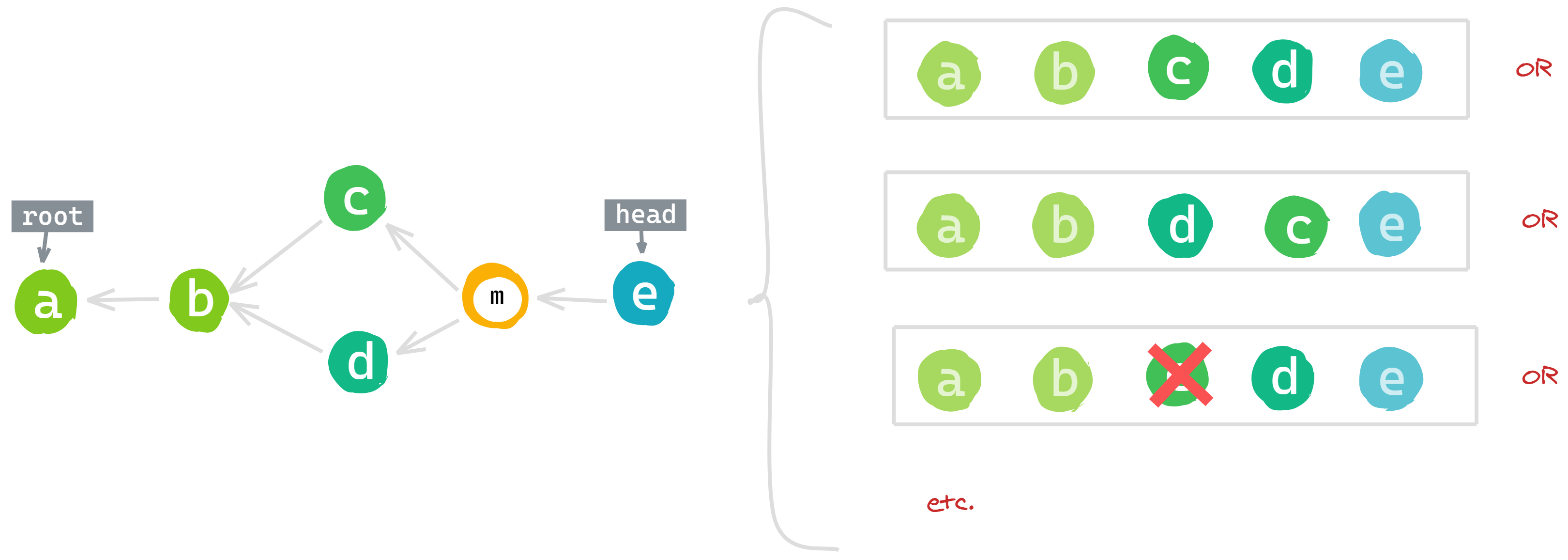What do you get when you cross CRDTs with Redux? You get conflict-free, replicated, principled state management.
This library helps you create your own CRDT, with semantics and conflict-resolution rules that are appropriate to your domain. It's exposed to your application as a Redux-compatible store — but one that can automatically sync with peers, with no need for a server.
For many peer-to-peer applications, a generic JSON-based CRDT like Automerge or Yjs is a good solution for creating data structures that can reliably stay in sync.
These CRDTs define a conflict as two peers assigning different values to the same property in a JSON object. When that happens, one of the two values "wins", in an arbitrary but predictable way. (See the Automerge docs for more on how that works.)
But what if your definition of a conflict is more subtle than just competing values for a single property? And what if you have your own rules for conflict resolution?
For example:
| Use case | Conflict | Resolution |
|---|---|---|
| Decentralized group membership | Alice removes Bob from a group, while Bob removes Alice | To be safe, both Alice and Bob are removed |
| Scheduling meeting rooms | Alice books a room from 2:00 to 4:00 and Bob books it from 3:00 to 5:00 | Alice gets the room because she is senior to Bob |
| Spit card game | Alice and Bob try to play on top of the same card | To keep the game balanced, Bob wins the play because he has more cards left |
Just like with Redux, any changes to state are expressed as named actions. You initialize a store with an initial state and a reducer function to calculate your state from any sequence of actions.
There's a twist, though: We need to support peer-to-peer replication and deal with concurrency, so an append-only list of actions won't do. Instead, we have a directed acyclic graph (DAG) of actions, each hash-linked to its predecessor, and cryptographically signed. You provide a resolver function that defines how any two concurrent sequences will be merged, allowing us to flatten our DAG into a single sequence that we can then run through the reducer. In the resolver, you can pick from is where you can define any domain-specific logic you need to detect and resolve conflicts consistently.
Suppose you have the following graph. Actions c and d are made concurrently. Your resolver will decide what to do with these concurrent actions: It might
- take c before d
- take d before c
- take d and discard c altogether
- etc.
TODO


